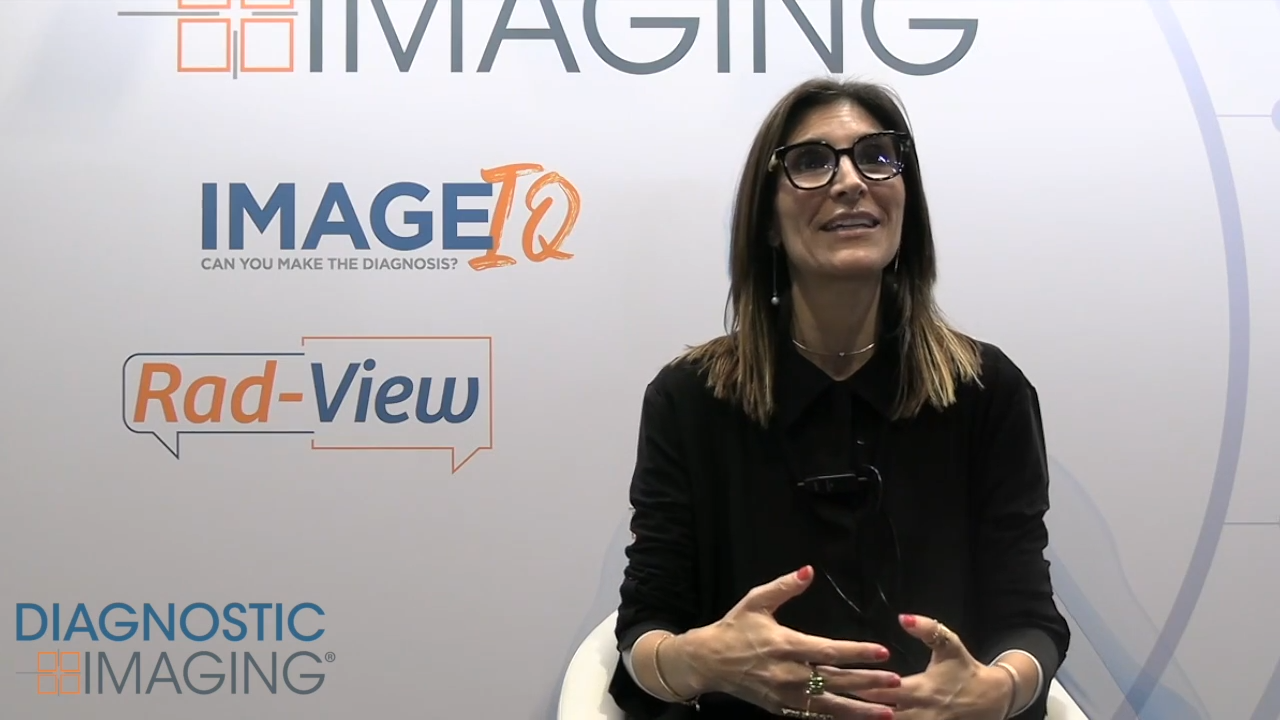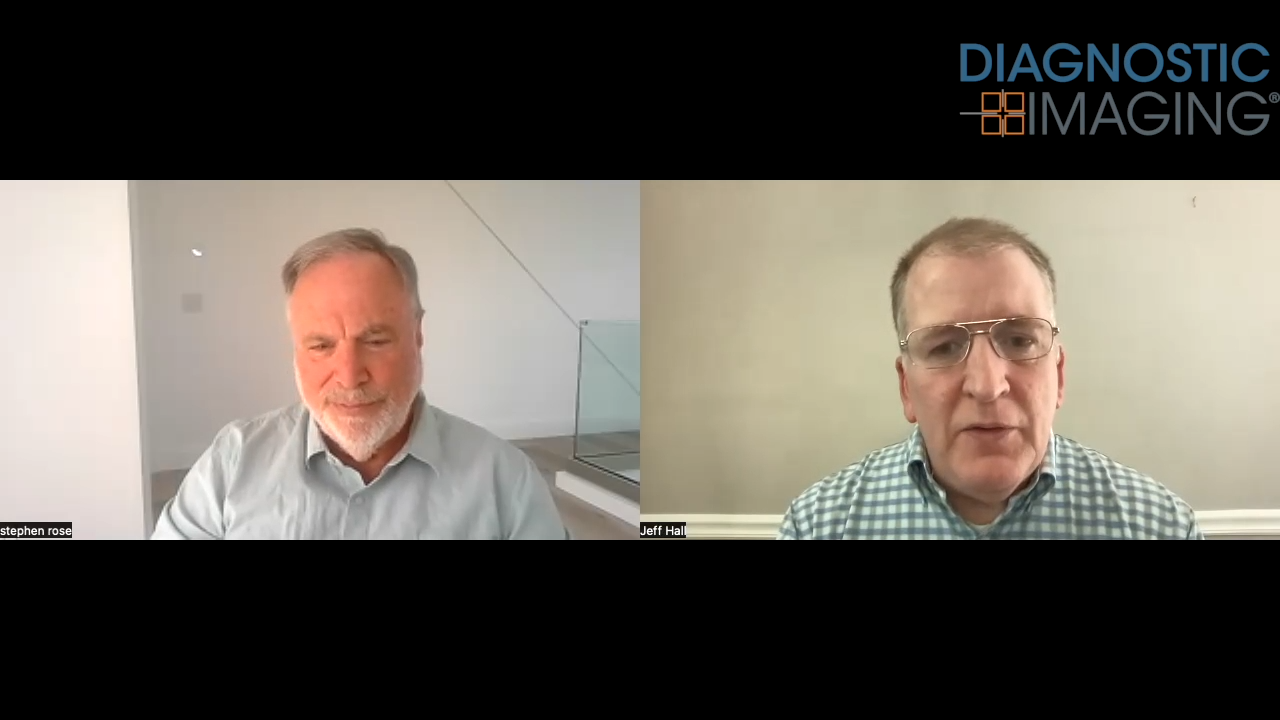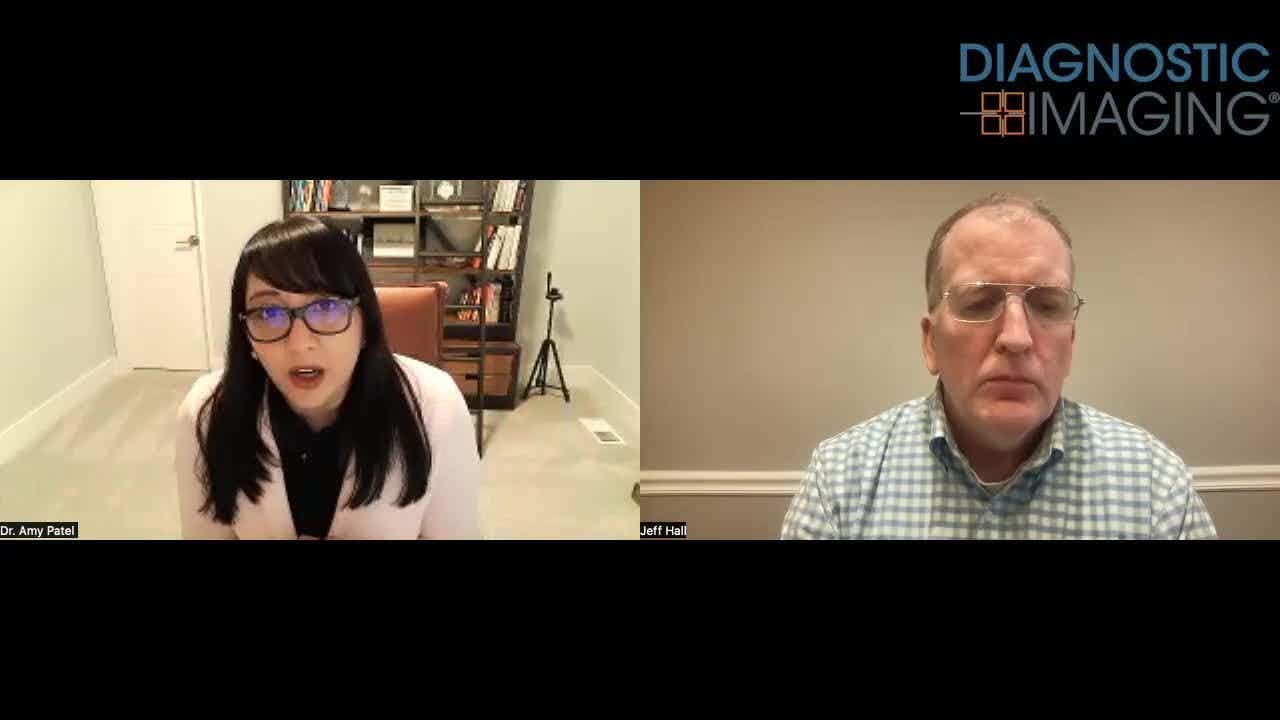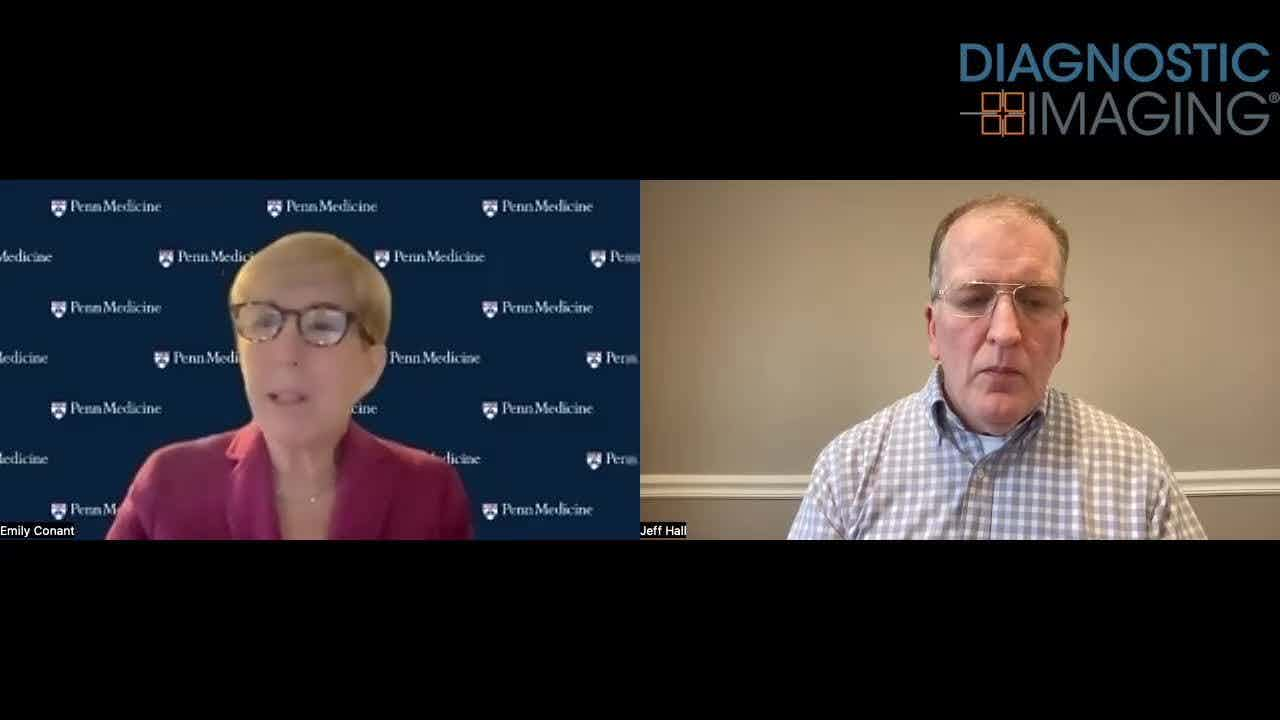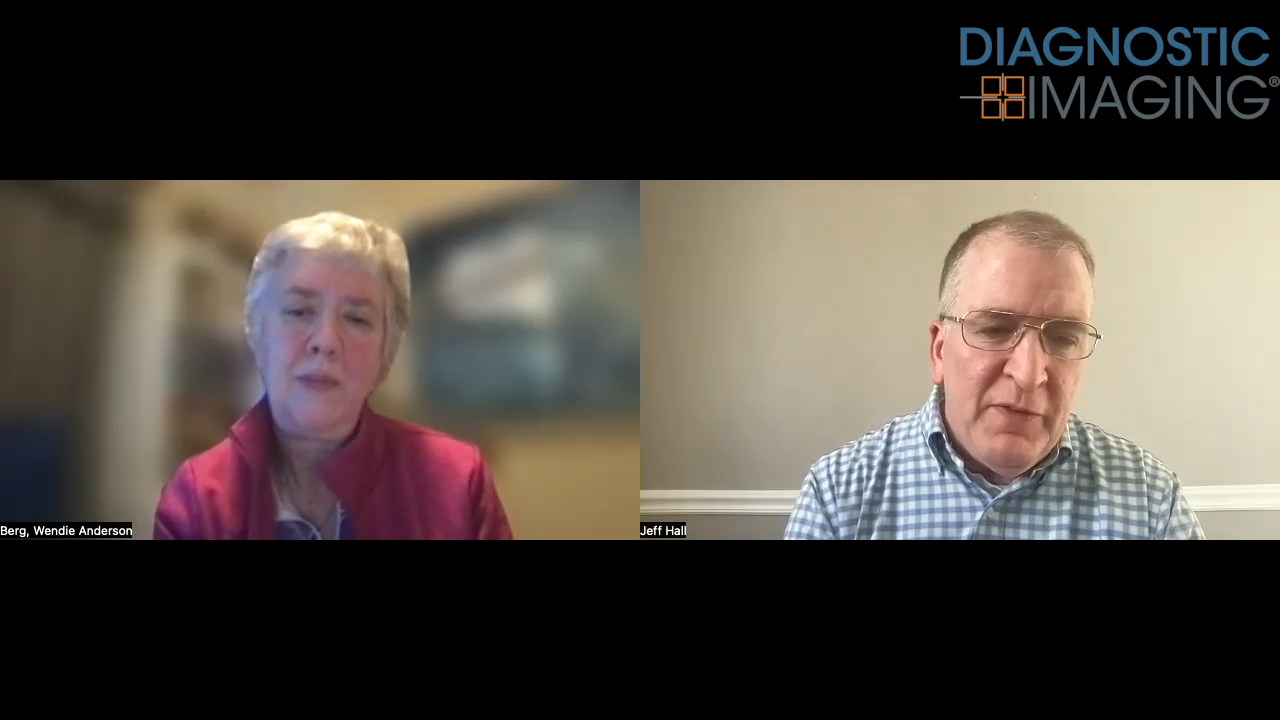Copayments turn older women off to mammography
Copayments turn older women off to mammography
Copayments may make financial sense for insurers, but mammographers are appalled that some older women are avoiding routine screening because their Medicare managed-care plans force them to pony up for a portion of the imagingprocedure.
Dr. Amal Trivedi and colleagues at Brown University uncovered the pattern as they reviewed coverage for 174 Medicare managed-care plans and screening mammography utilization for those plans’ beneficiaries, more than 550,000 women aged 65 to 69. The study was published in the Jan. 24 New England Journal of Medicine (2008:358[4]:375-383).
They found that the number of Medicare managed-care plans that required a copayment of at least $12.50 (range: $12.50 to $35) or coinsurance of more than 10% for screening mammography increased from three plans in 2001 to 21 plans in 2004.
And the percentage of women who took advantage of Medicare’s biennial coverage of screening mammography decreased. Among plans that required cost sharing, the biennial breast cancer screening rates were 8.3 percentage points lower than for Medicare managed-care plans that provided full coverage (77.5% for full coverage versus 69.2% for cost-shared plans). Biennial screening mammography increased 3.4% in the four-year study period for women who participated in the plans that did not require copayments or coinsurance.
The findings were troubling for Dr. Carol H. Lee, chair of the American College of Radiology’s breast imaging commission.
“We are taking a segment of the population in whom the test works best and adding a disincentive to getting it. Given limited healthcare resources and limited dollars, perhaps this is not the best place to save money,” she said.
AI-Initiated Recalls After Screening Mammography Demonstrate Higher PPV for Breast Cancer
March 18th 2025While recalls initiated by one of two reviewing radiologists after screening mammography were nearly 10 percent higher than recalls initiated by an AI software, the AI-initiated recalls had an 85 percent higher positive predictive value for breast cancer, according to a new study.
ECR Mammography Study: Pre-Op CEM Detects 34 Percent More Multifocal Masses than Mammography
February 28th 2025In addition to contrast-enhanced mammography (CEM) demonstrating over a 90 percent detection rate for multifocal masses, researchers found that no significant difference between histological measurements and CEM, according to study findings presented at the European Congress of Radiology.
Study: Mammography AI Leads to 29 Percent Increase in Breast Cancer Detection
February 5th 2025Use of the mammography AI software had a nearly equivalent false positive rate as unassisted radiologist interpretation and resulted in a 44 percent reduction in screen reading workload, according to findings from a randomized controlled trial involving over 105,000 women.






